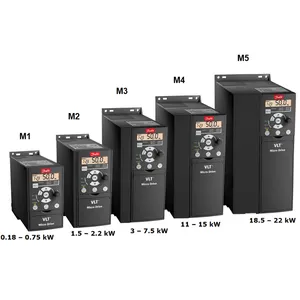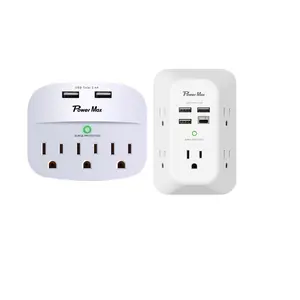Popular in your industry












Related Searches:
























Top categories
About 3 pole 1250a circuit breaker
Understanding the 3 Pole 1250A Circuit Breaker
The 3 pole 1250a circuit breaker is a critical component in modern electrical systems, designed to protect circuits from overloads and short circuits. This type of breaker is an essential part of the safety infrastructure in industrial, commercial, and high-capacity electrical environments.
Types and Applications
There are various types of 3 pole 1250a circuit breakers, including vacuum circuit breakers and moulded case circuit breakers. Each type serves a specific application, ranging from industrial machinery protection to safeguarding electronic equipment. The selection of a circuit breaker is contingent upon the electrical system's requirements, ensuring optimal performance and safety.
Features and Specifications
A 3 pole 1250a circuit breaker typically comes with different trip characteristics, denoted as C, B, and D curves, to match the protection needs of various electrical loads. Additionally, these breakers are available in multiple color options, such as white, black, and red, to comply with coding standards or aesthetic preferences.
Materials and Construction
The construction of a 3 pole 1250a circuit breaker involves robust materials that can withstand high electrical loads without compromising performance. The integrity of materials ensures longevity and reliability in diverse operating conditions.
Advantages of Using a 3 Pole 1250A Circuit Breaker
Utilizing a 3 pole 1250a circuit breaker in an electrical system offers several advantages, including enhanced protection against electrical faults and improved system stability. These breakers are designed to interrupt power swiftly in the event of an overload, thereby preventing potential damage to equipment and reducing the risk of fire.
Selection Criteria
When choosing a 3 pole 1250a circuit breaker, it is crucial to consider the breaker's trip characteristics and compatibility with the electrical system it will serve. Factors such as trip type (LI, LSI, LSIG) and physical dimensions also play a vital role in the selection process.



























